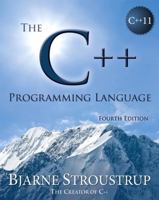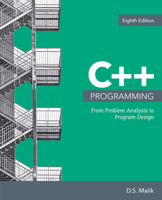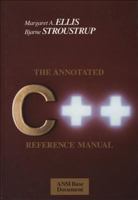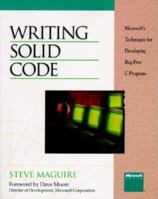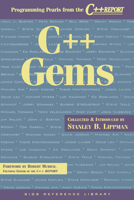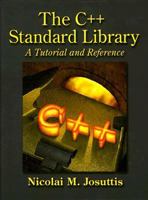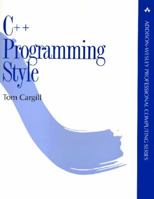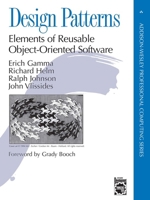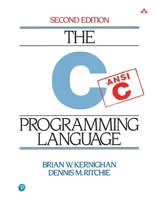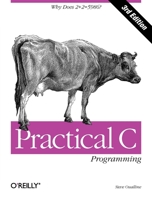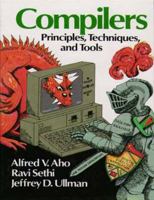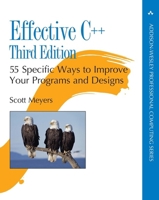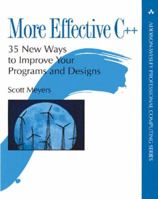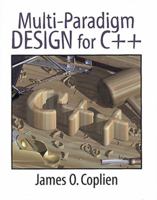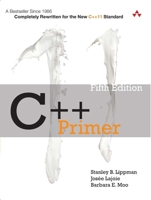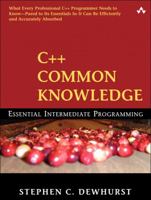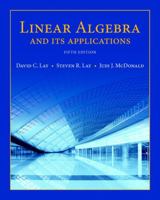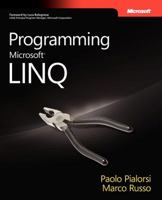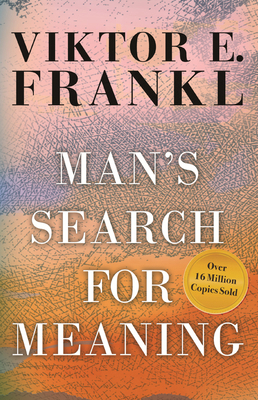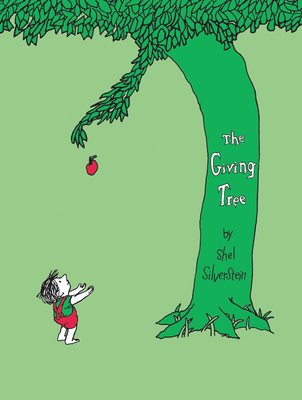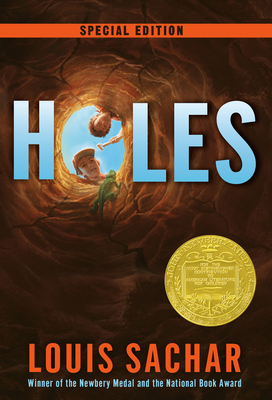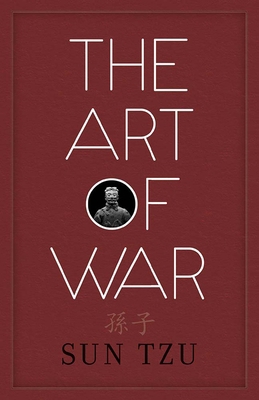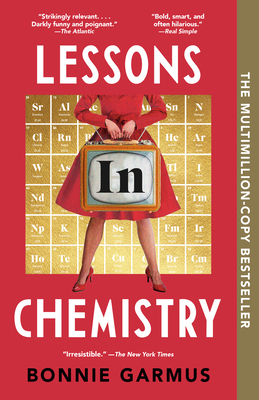Advanced C++ Programming Styles and Idioms
Select Format
Select Condition 
You Might Also Enjoy
Book Overview
Customer Reviews
Rated 5 starsWell worth many reads, even if 11 years old
Coplien has won many consensus thanks to this book and his "Multi-paradigm design". You can easily verify it looking at the bibliography of EVERY book on C++ written after 1991: you'll certainly find "Advanced C++ Programming Styles and Idioms". Many books have used it to expose tecniques. The best examples are both Meyers' "Effective" and "More effective" books. You can jump directly to the Recommended Readings sections to...
0Report
Rated 5 starsAccesible introduction to patterns
This book is quite old now, but the material covered in the book does not suffer from its age, because the book is not supposed to be a language reference. The book starts with some words of wisdom on the basics of the language, for example spending just long enough talking about inheritence and polymorphism to get to the heart of the issue. There are some of the simpler idioms introduced earlier in the book (virtual constructors,...
0Report
Rated 5 starsA dated yet very good book
It is a very good book, although a little dated. It explains a lot of items in > and <<More effective c++>> in more details, it tells you how to do the things, and why to do in this way. <p>It discusses many idioms, which are the low level equivalences of patterns (see <<Design Patterns>>), for example, body/handle idiom is equivalent to bridge pattern, examplar is equivalent to prototype pattern, envelope/letter is related...
0Report
Rated 5 starsMind Blowing.....
This book will take the reader where they thought C++ could never go. Though some idioms are dated (the book was written before RTTI and STL were added to the standard) it is nonetheless a thought provoking and invaluable book. Many of the ideas presented actually(! ) make the reader think and wrestle with before they are fully grasped. A must for any intermediate/advanced C++ programmer. When finished you will definitely...
0Report
Rated 5 starsmaster c++ language and OOP and become Dark Lord of Sith
This book is the best C++ book ever inked to paper. This book should not be read if you are a apprentice C++ programmer in training,The key here is that you MUST have a solid understanding of what classes can and cannot do, understanding of copy semantics, object identity(object equality vs equivalence), inheritance model and how polymorphism achieves its power through dynamic binding, understanding a neglected and overly...
0Report












